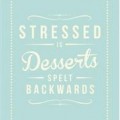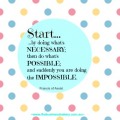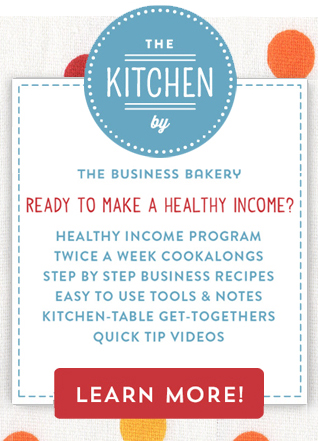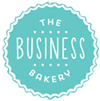So, what is their problem?
Well, it’s quite simple.
They’re a bit nervous about what the project is actually going to cost.
Yes, you’ve told them your hourly rate, you’ve told them how long it should take and you’ve given them an approximate figure.
But they’re hesitant because they’ve been burnt before. Once upon a time, a seemingly flat-fee project quadrupled in cost, and they had to really tighten their belts to pay for it. They can’t have that happen again.
Sound familiar?
This is a real dilemma for business owners. The client wants certainty over the cost of the project and you want certainty that you’ll get paid for all your effort! The two seem to be mutually exclusive. So what can you do?
“ Once upon a time, a seemingly flat-fee project quadrupled in cost… and they can’t have that happen again. ”
Here are four different pricing models that might help build a bridge between your needs and those of your customer:
Offer a straight, fixed fee but pop a little padding in it. In other words, the client pays a premium for certainty. You will be surprised by how much a client is willing to pay for certainty!
Offer a capped price. Give an upper limit to the project cost, which is somewhat higher than your estimated cost. The client pays for work done up to the cap, meaning that if the project comes in on budget they pay budget, but if there are variations they know they are committed to paying up to, say, 20 per cent more. Talking about a cap upfront gives you a good opportunity to explain how the price might go up and it tends to make any subsequent conversation about extra costs a little easier.
Offer all-you-can-eat. Of course, you need to be incredibly careful with this one but the idea is that you set a (hefty) price and your customer can then have as much work done as they wish. You often see this done as a monthly retainer and if you work through the maths it can be a good outcome. If you’re thinking of doing this I’d set it up as a three month trial first, just in case!
Offer two-part pricing. This is like a sign-on fee. The customer pays you an upfront amount, which then gives them the right to a smaller ongoing hourly-type fee. Think Costco but for services. This is a great model if you have a service that involves a high cost of set-up, whatever the size of the ongoing project.
Of course if you choose to adopt one of these pricing models you need to play around with the numbers to check how it could work for you. And although these are more often seen in larger or product based businesses, I’ve seen them work well in small Flying Solo type businesses as well.
























